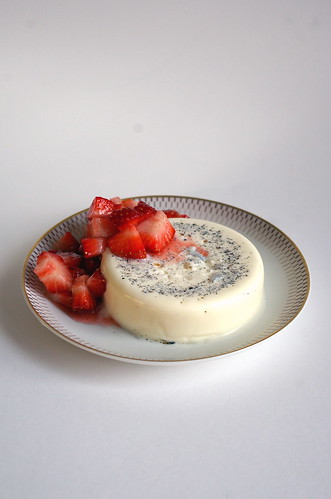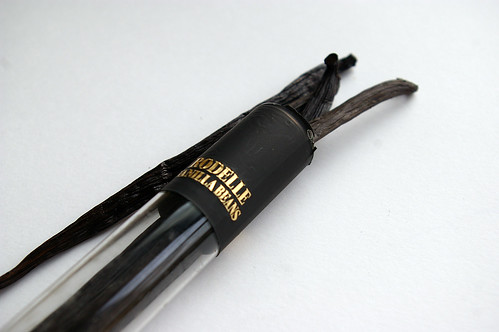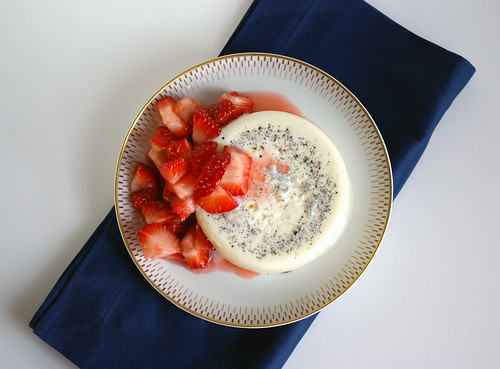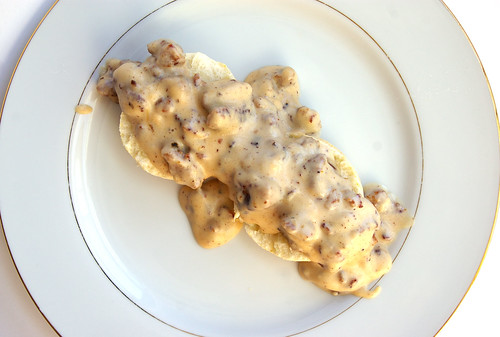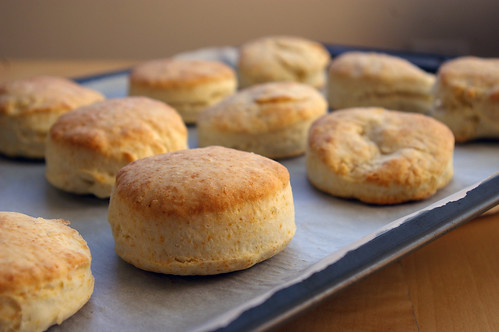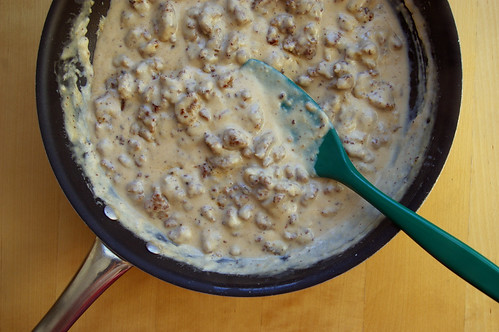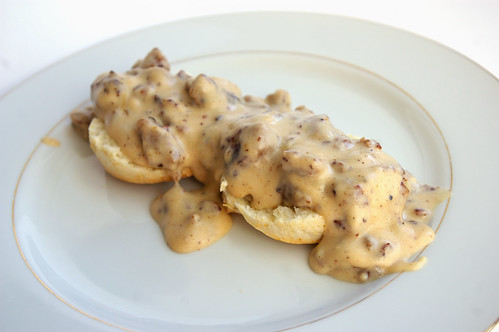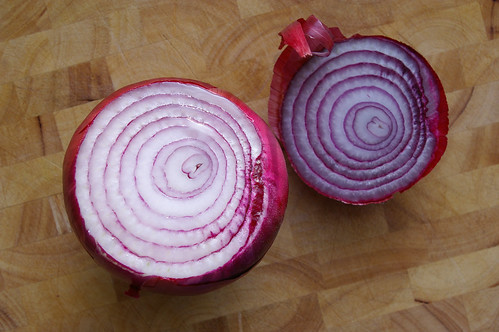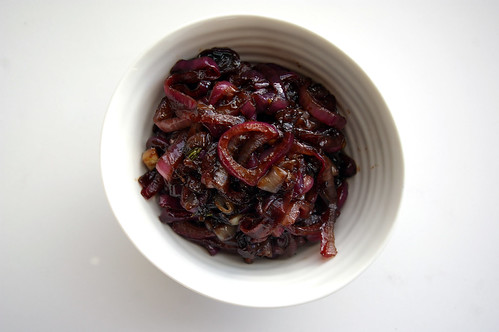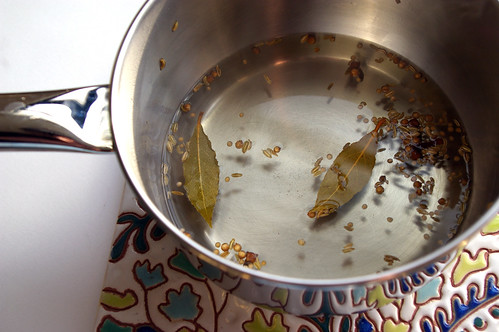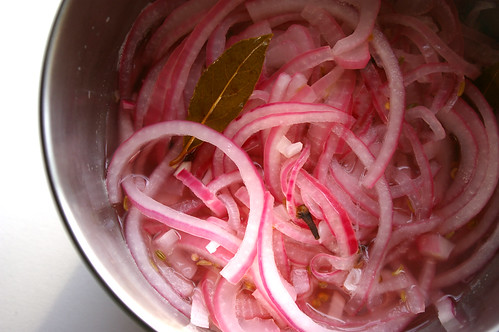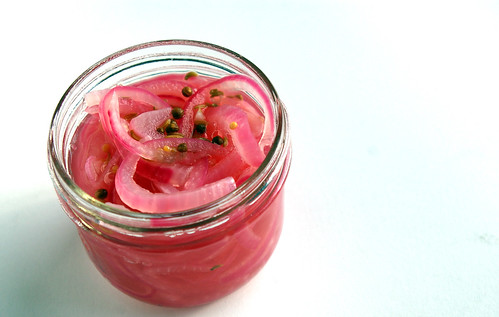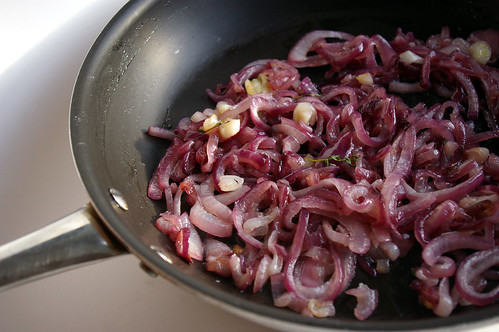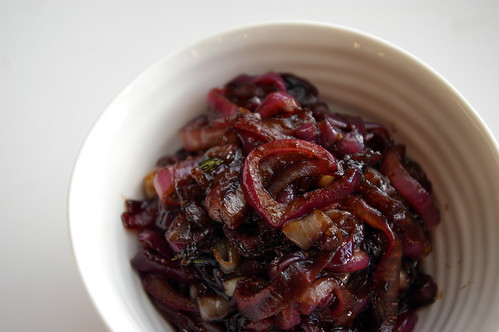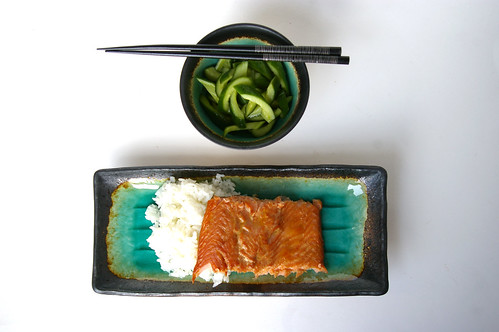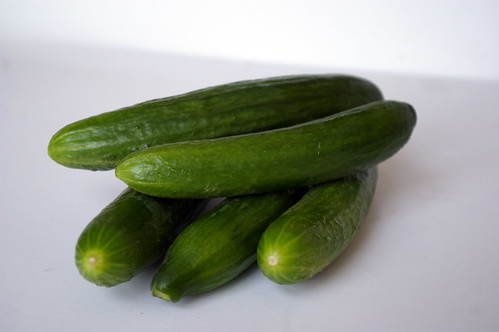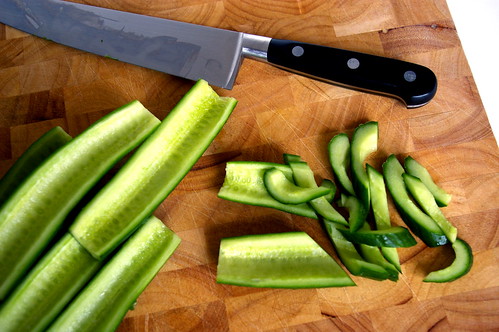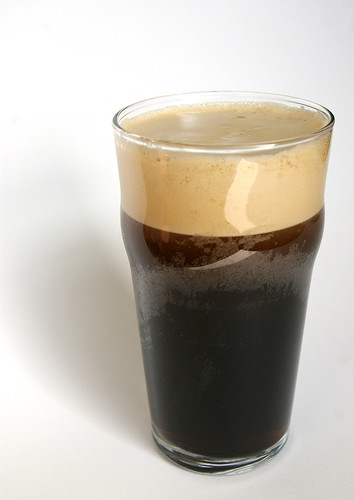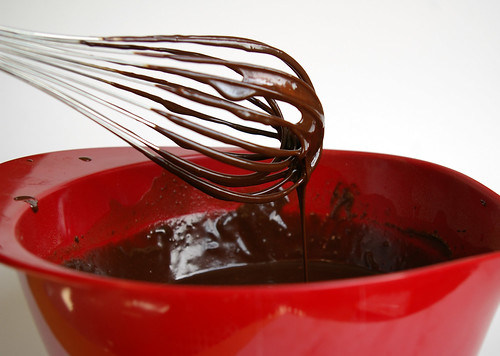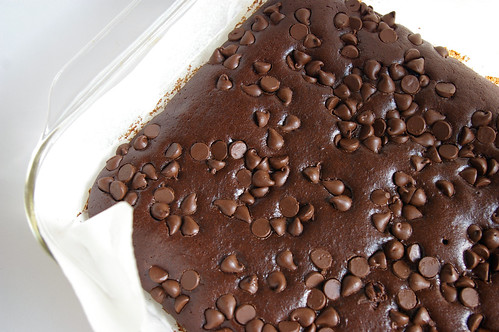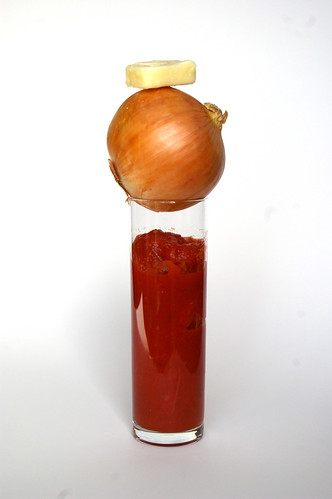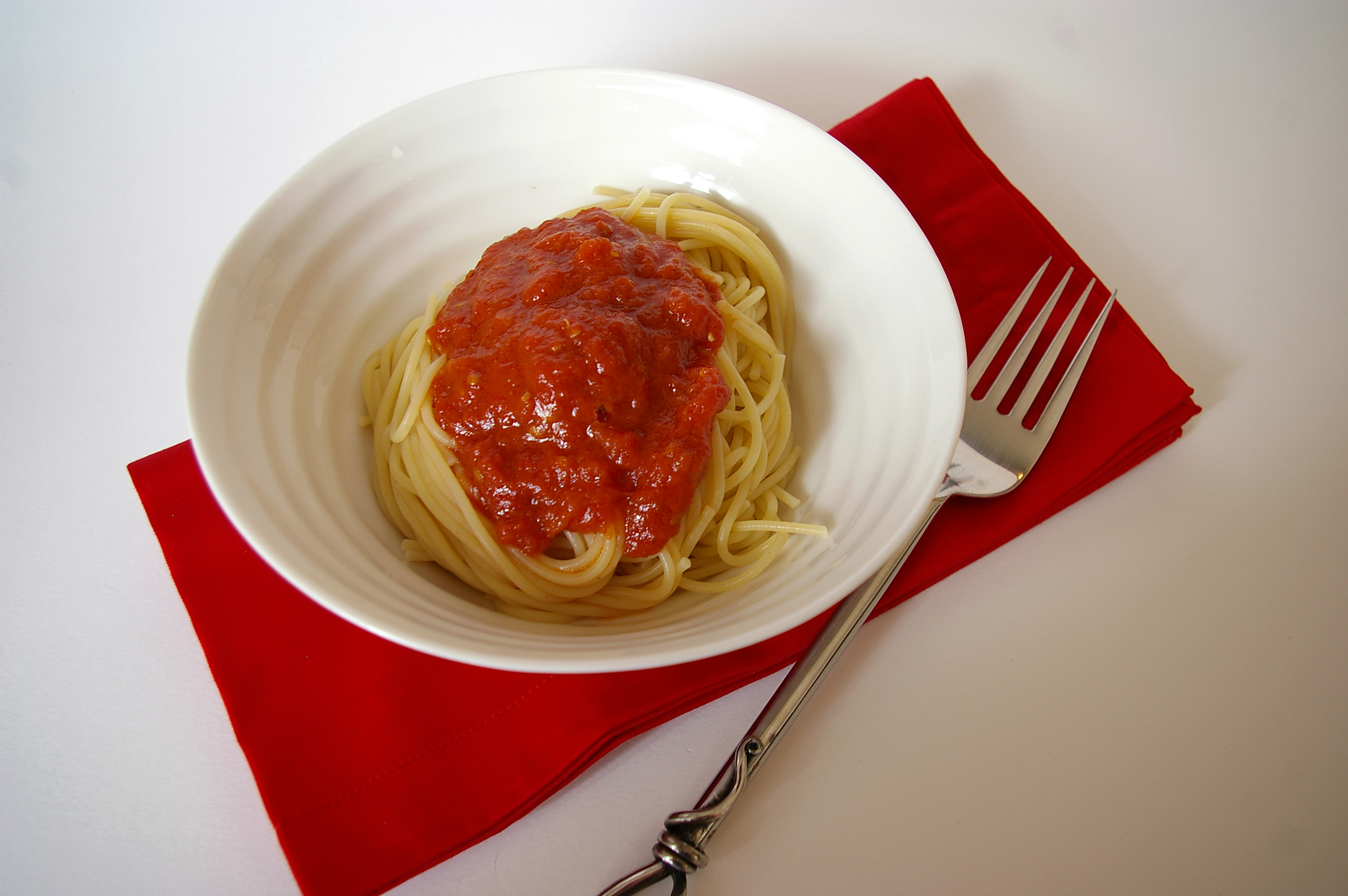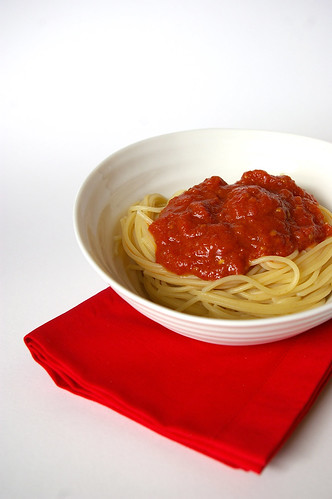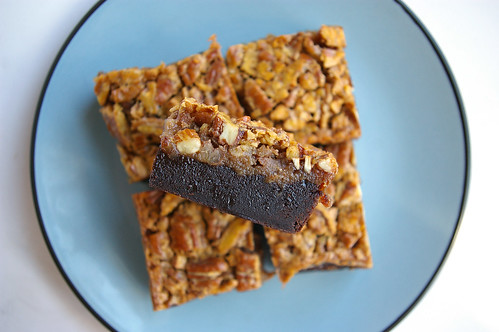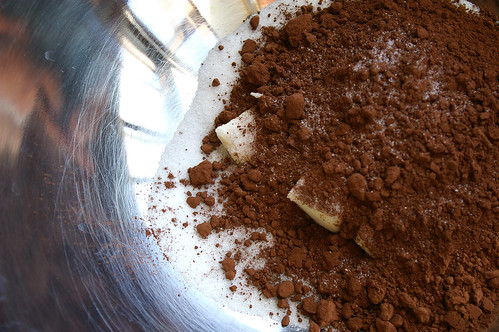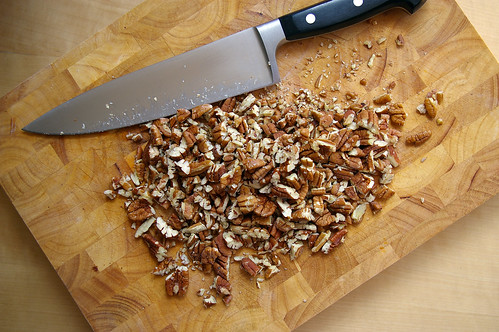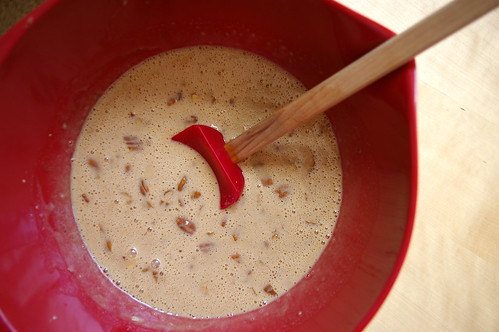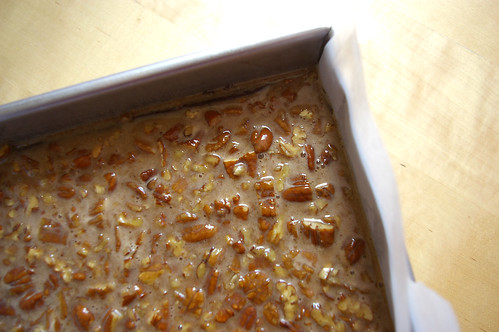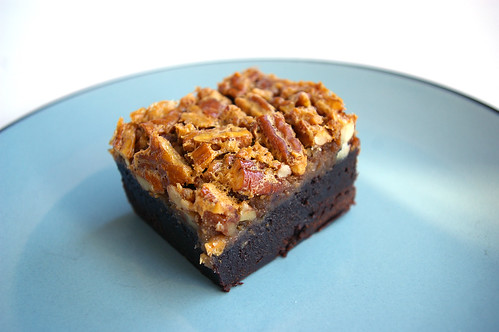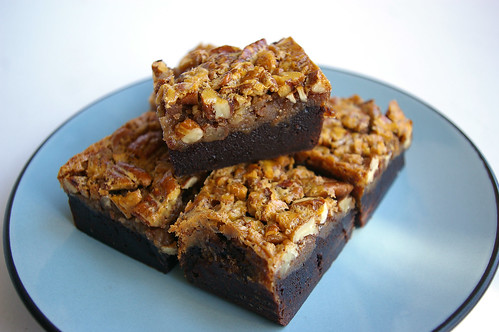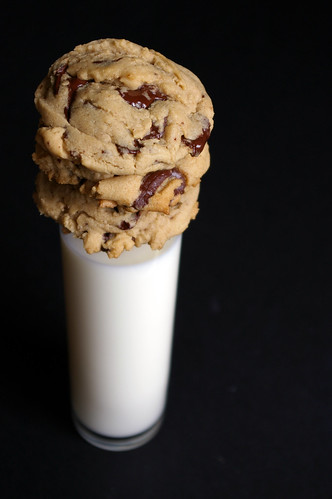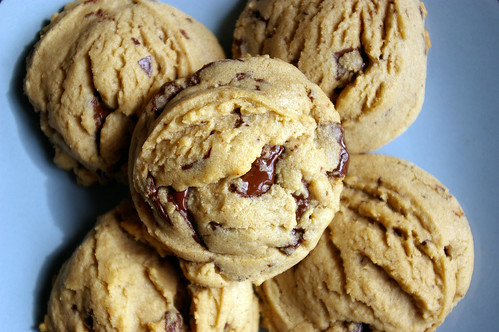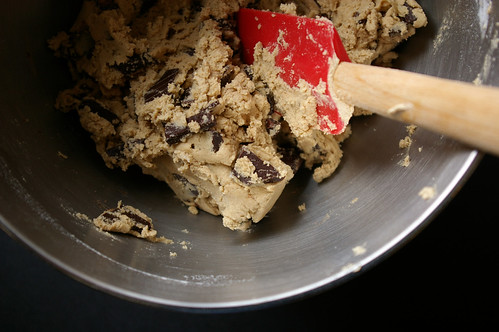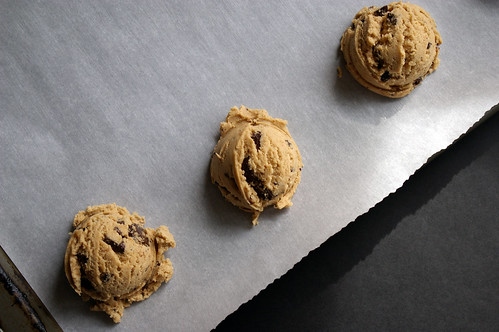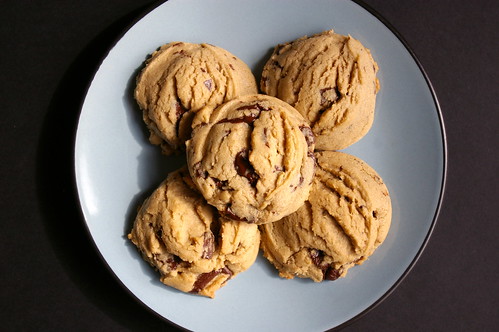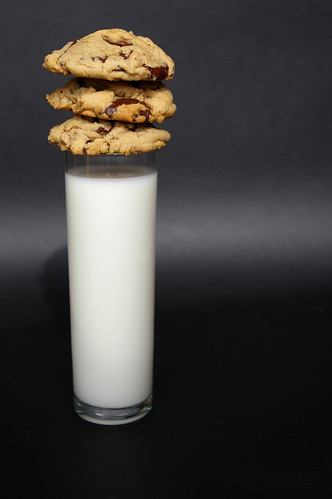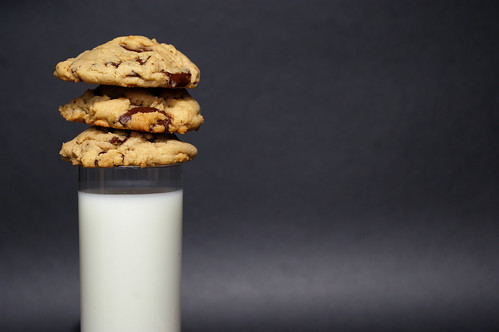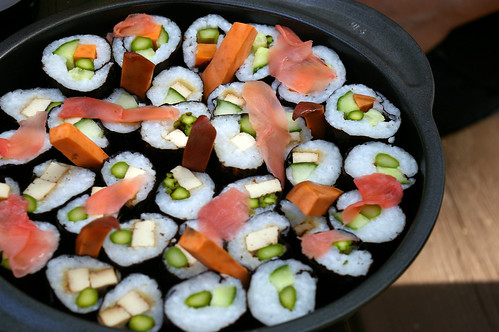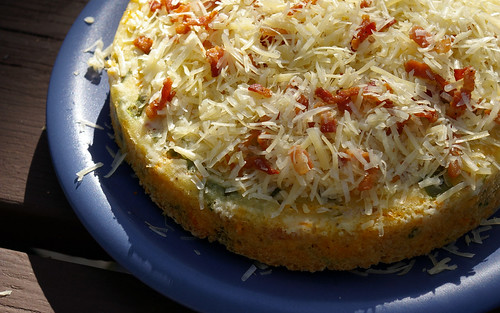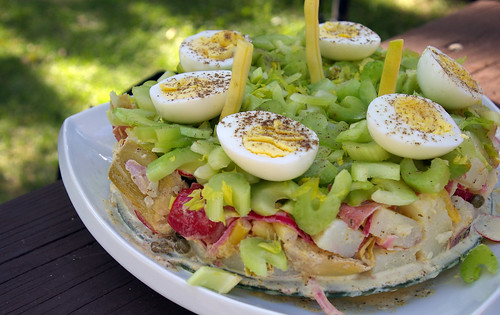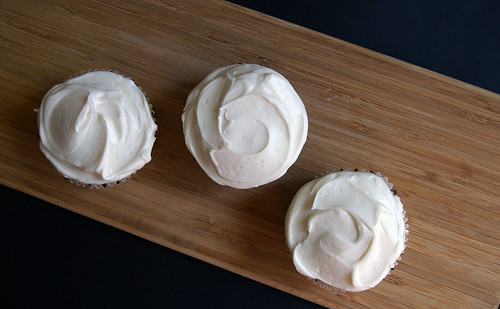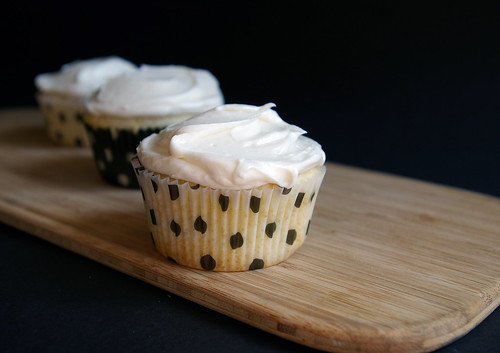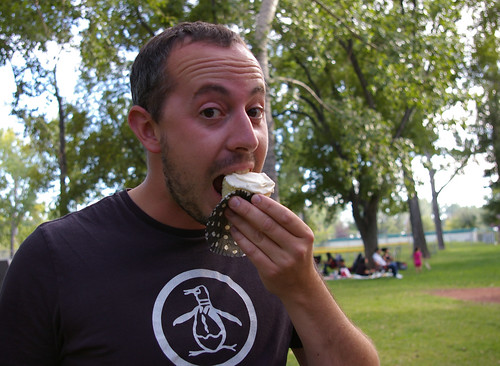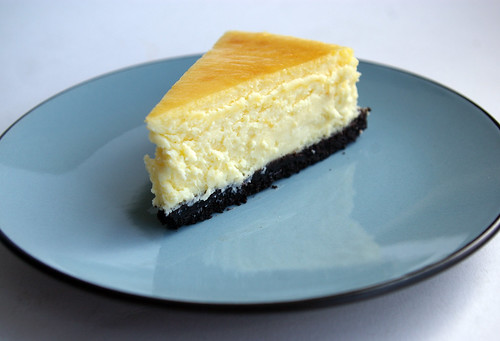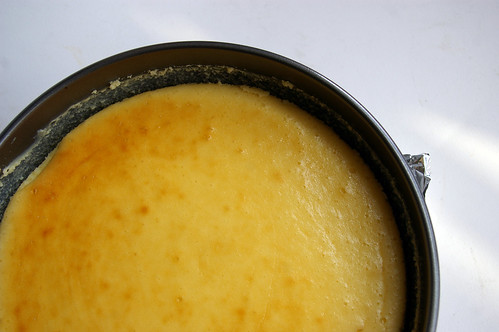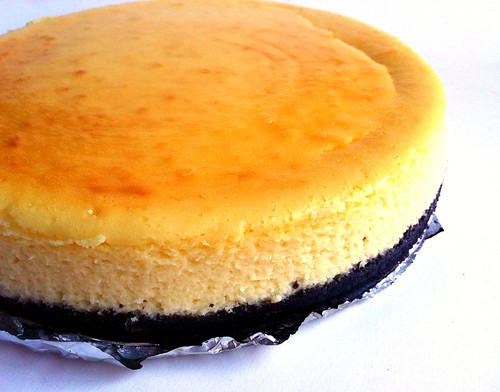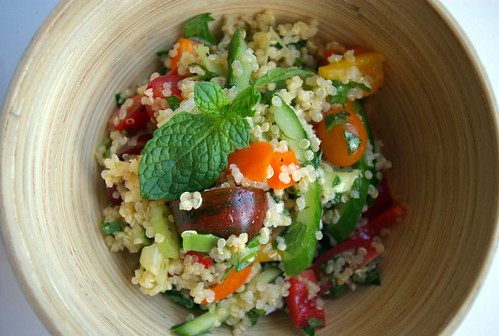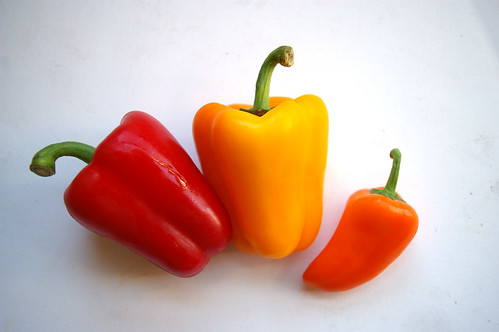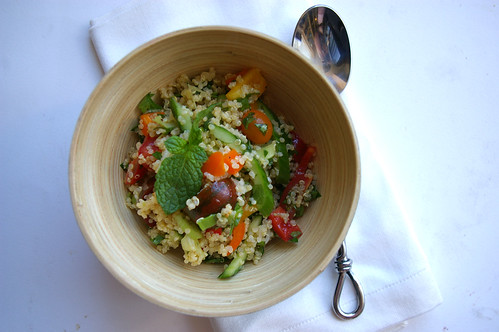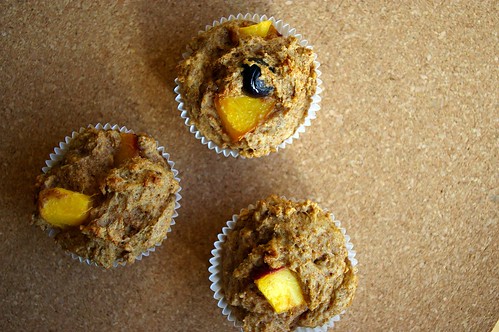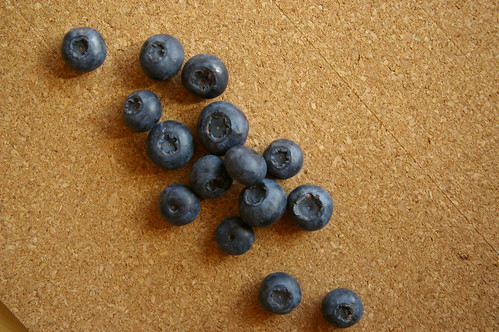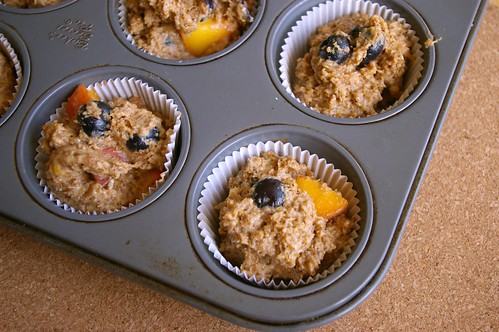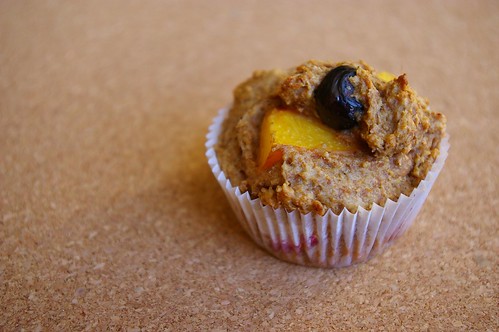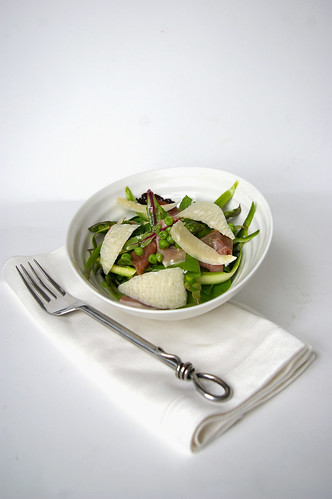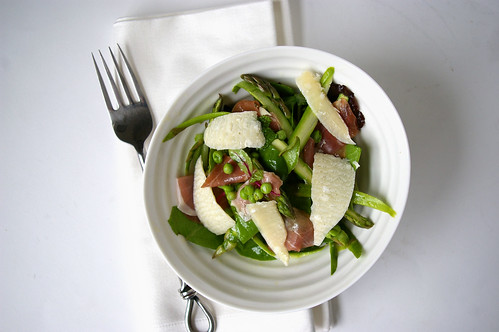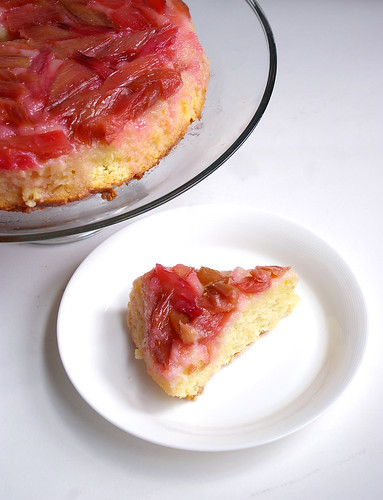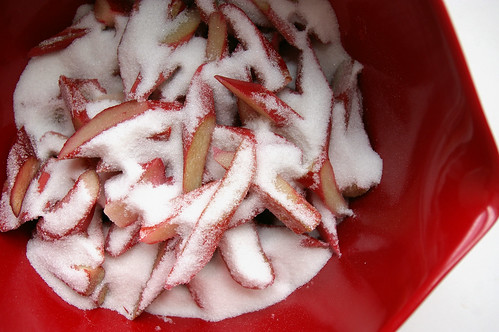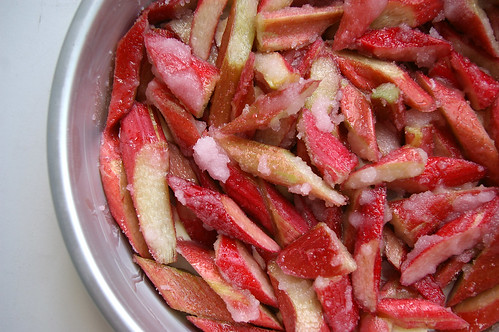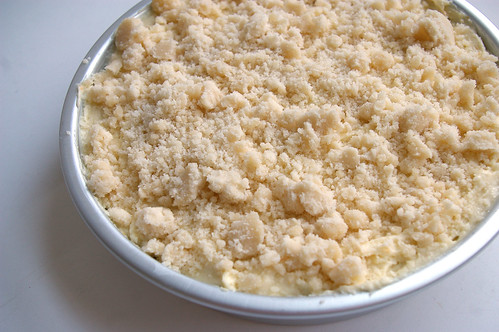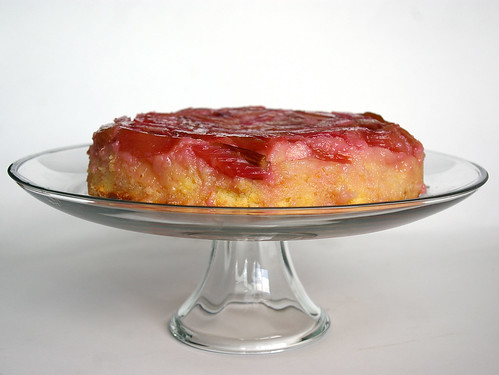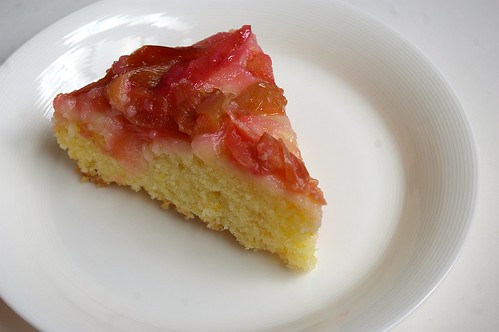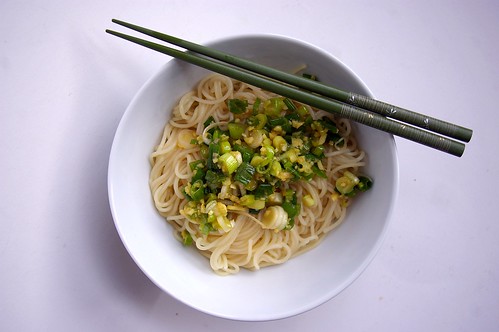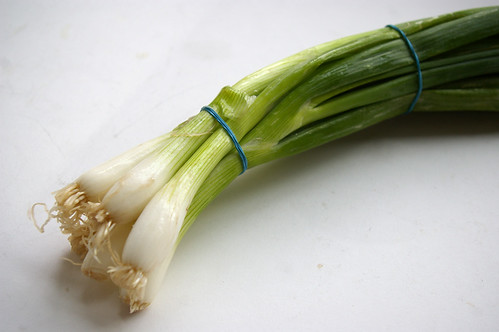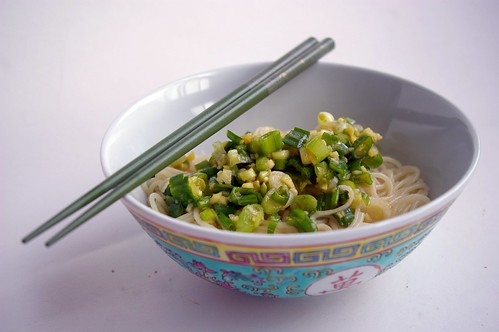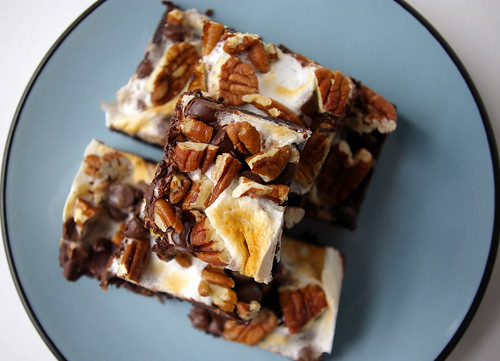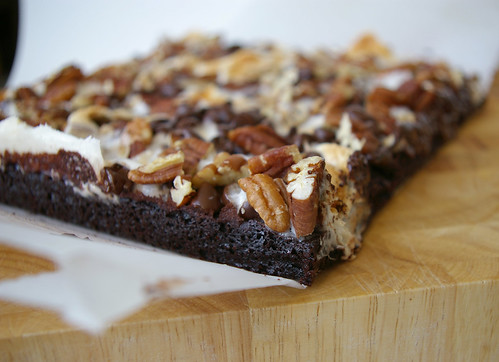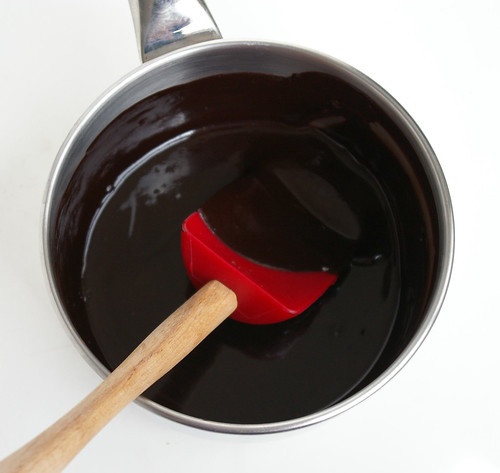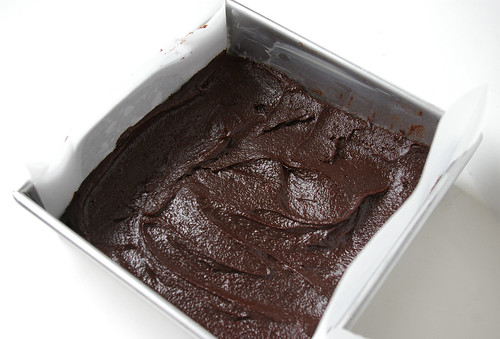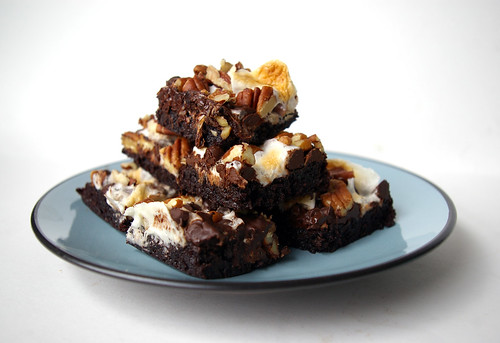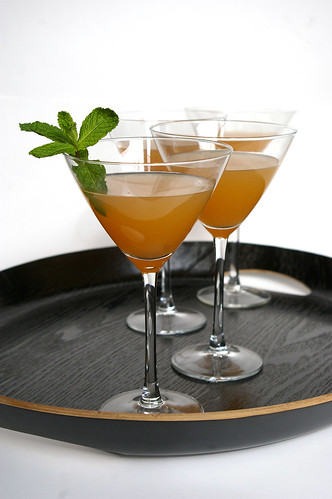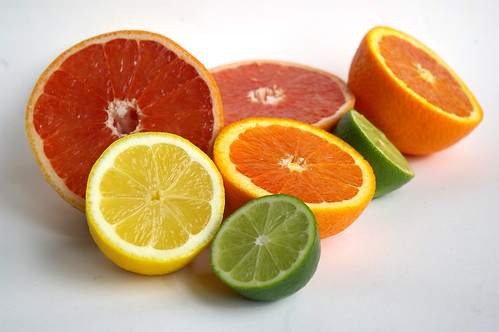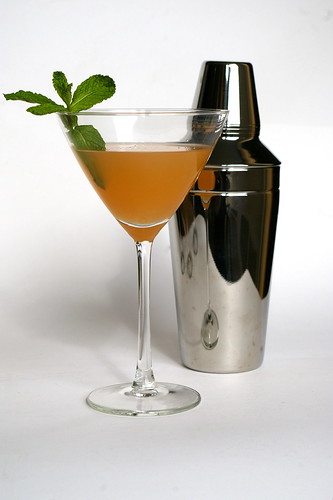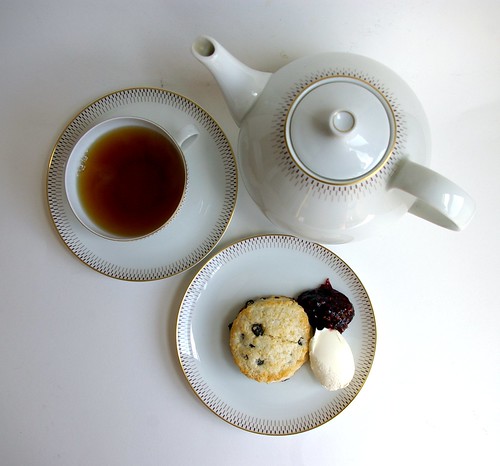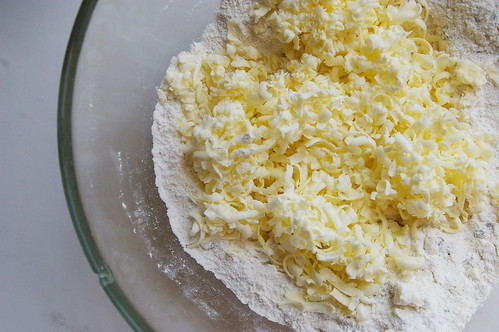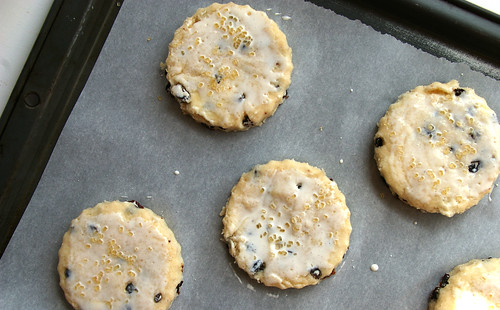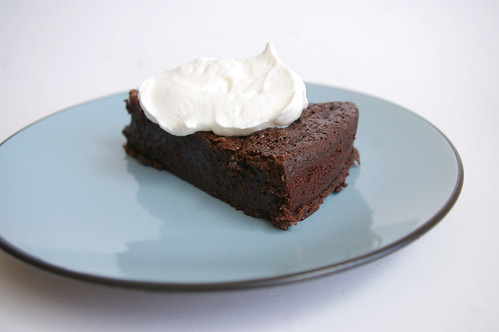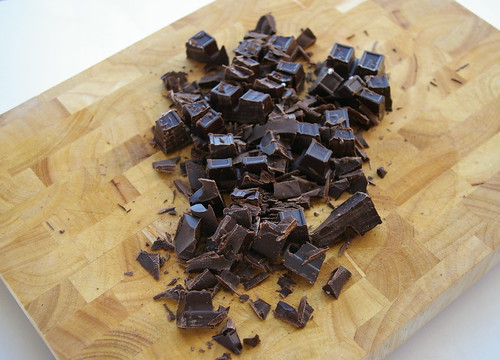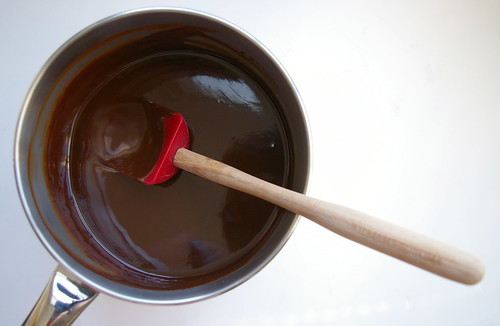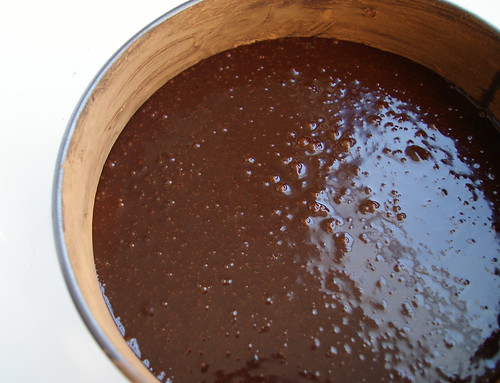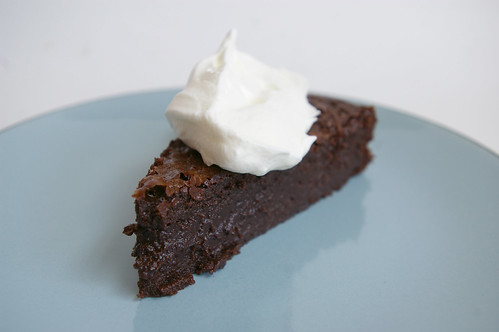Warning: This is a photo-heavy post.
So, the story goes that I went all the way to Portland, Oregon for a burger.
Honestly, it’s not all that far from the truth.
And here’s where our story starts . . . .
Once upon a time, I came across a post on one of my favourite websites, A Hamburger Today, that talked about a burger in Portland. The headline was: Gruner makes a burger worthy of obsession. The photo that went with it? Worth at least 1,000 words. In one: mouthwatering. (Go on, check it out. I’ll wait here.)
So, when my friend Suzi and I were talking about taking a trip together, I pitched Portland. I had been interested in the city for a while because other friends had visited and raved on about it, the food trucks, Powell’s Books and the Oregon coastline (which, granted, is about 90 minutes away, but stunning). And Suzi was game. Especially because I sent her a photo of the burger.
Let me get right to it: it was JUST as good as I hoped.
Behold, the beautiful Gruner burger:
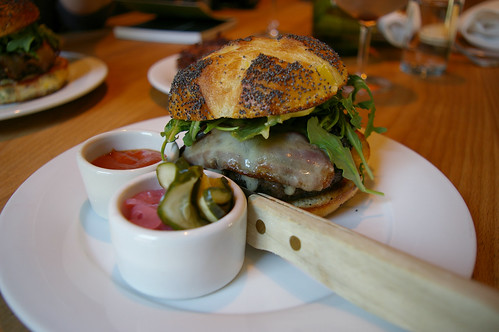
But I’m getting ahead of myself. Even though I knew exactly what I wanted, I checked out the menu.
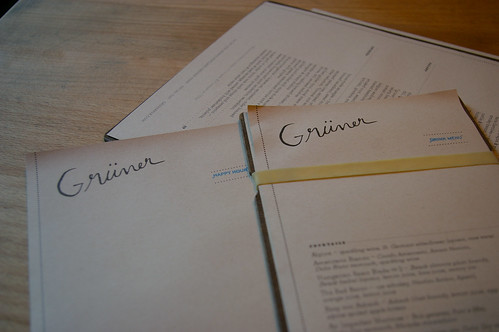
And they brought us some beet-stained devilled eggs.
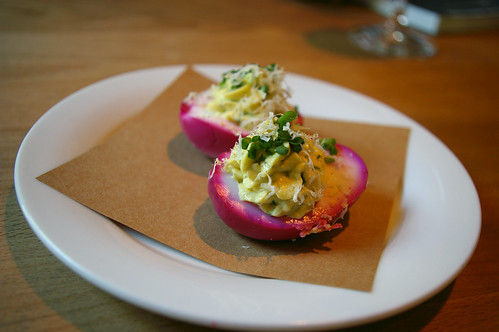
Although the burger was the main attraction, check out these yummy pickles. (Pickles, it would turn out, would be sort of a theme for the trip.)
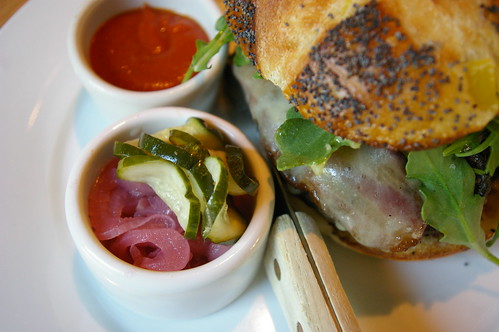
But the best part?
When I took that first bite and squished the burger down slightly and it erupted in a volcano of hot, delicious meat juices.
The photo doesn’t really do it justice, so just trust me on this.
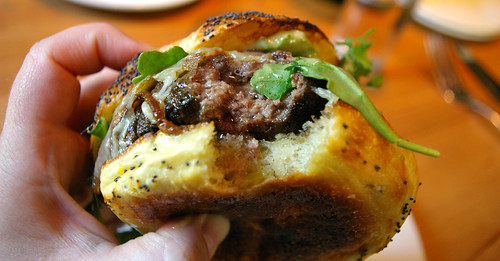
It went very well with my Arsenic and Old Lace drink (Monopolowa gin, Dolin Dry vermouth, Rothman & Winter crème de violette, Kübler absinthe) with a fantastic housemade maraschino cherry.

After that we pretty much had to roll ourselves out of Gruner. Luckily, we were just a couple of blocks away from Powell’s. Semi-conscious in a meat coma, we trawled the shelves and picked up a few books before walking back to the hotel. (The fabulous Jupiter Hotel, which was funky and clean and close to downtown — something that came in quite handy.)
The plan for Day 2 was to pick up our rental car (a Prius, of course!) and head to the coast. The Prius, I have to say, was a bit weird initially. I mean, it’s so damn quiet. But I loved that we drove to the coast and back and tootled around town the next day and still only used a 1/2 tank of gas.
Before we set off, we stopped at Pine State Biscuits.
I swear I was a southern belle in a past life. If only because I am completely obsessed with biscuits and sausage gravy. (On my Delicious right now, I have at least three recipes bookmarked for biscuits and gravy. This winter, it will be made. Stay tuned.) Also, fried chicken. So, the thought of fried chicken AND biscuits AND sausage gravy (not even mentioning cheese and a few slices of bacon) made this a priority stop for me.
We didn’t eat again for seven hours. You can see why:
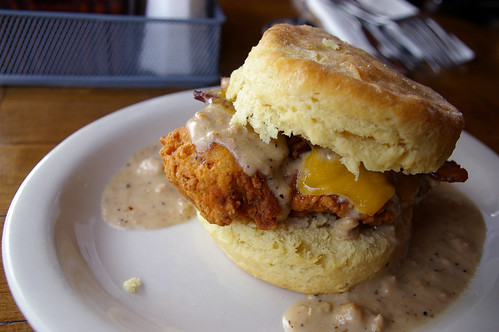
I miss the ocean. A lot. If I don’t get a fix of that briny air and sharp coolness of the Pacific every few months, I start to feel a bit off. I was really looking forward to seeing the waves, smelling the salt air and checking out the rugged coastline I had seen in pictures.
Like the burger, I was not disappointed.


That night we had dinner at Biwa, a Japanese restaurant known for its ramen. Like beaches and burgers, ramen has a special place in my heart. I ate a lot of it when I lived in Japan. In nice restaurants and little holes-in-the-wall. When I went back a few years after living there, I spent a few days in Kyoto and one fond memory really sticks out. I was eating ramen at a restaurant not much more than two meters wide — just enough space for a long counter, some bar stools and an aisle-wide kitchen. The one server had to scoot around the cook to serve steaming bowls of noodles, slurped up by a handful of men sitting hunched over the counter. While they concentrated on their ramen, I was reading Memoirs of a Geisha and trying hard not to get any of the rich broth on the book’s pages as I was engrossed in the scene when Sayuri meets the chairman in front of the Minamiza kabuki theatre. After I paid my bill, I walked outside to find I was standing across from the theatre itself.
A bowl of ramen was definitely in order, but so was a dish of pickles (adorable) and barbecued garlic (beautiful and the sharp flavour was mellowed by heat) and chicken karaage (essentially, fried chicken — and one of my favourite bar snacks in Japan).
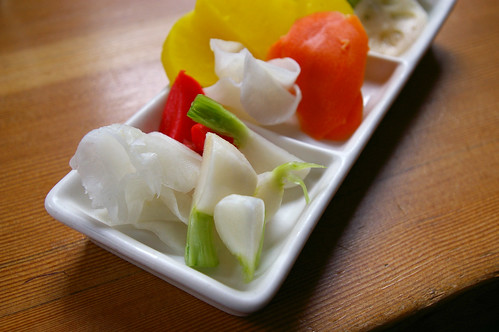
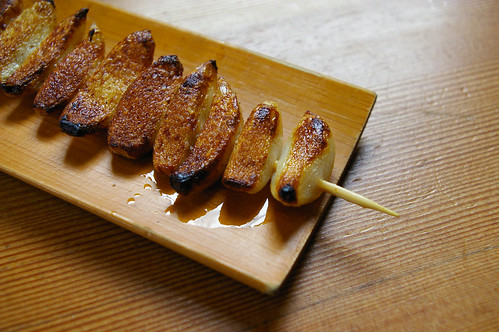
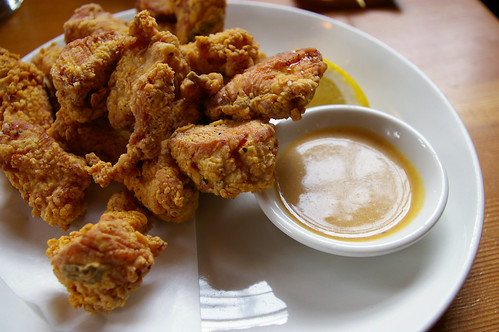
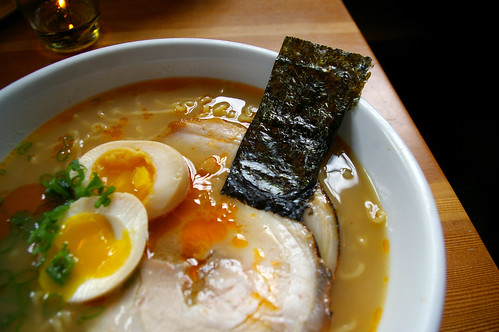
It was like being back in Japan, but I got to drink bourbon sours the entire time, so that was a bonus.
To follow the theme of the night before, we went to the Portland Japanese Gardens the next day (after a less-than noteworthy breakfast not worth discussing).

And then it was time for ice cream sandwiches from Ruby Jewel. I must give Suzi full credit for finding this gem. Soft housemade cookies sandwiched around soft and luscious ice cream. In this case, chocolate chip cookies with salted caramel ice cream. You get to pick the cookies and filling.

By sheer coincidence, the weekend we were in Portland was just after the James Beard awards had been announced. One of the winners was Andy Ricker of Pok Pok, who claimed the title of Best Chef Northwest for 2011. Pok Pok had popped up a number of times when I was searching for good restaurants in Portland, so it was already on the list. When we caught wind of the award, we knew there was going to be a lot of interest and possibly a long wait. Luckily, Ricker is also behind Whiskey Soda Lounge, a more casual, bar-like drinks-and-snacks establishment just about kitty-corner from Pok Pok. You can put your name on the Pok Pok list, then head over to WSL for snacks and drinks. When your table comes up at Pok Pok, they come and find you, allowing you to settle the tab and wander across the street for round 2.
I started with a Tamarind Whiskey Sour (sours also being sort of a theme for the weekend), followed by another. And possibly another.

Then we dove in to some of Chef Chew’s Khai Luuk Khoei: deep-fried eggs with sweet-spicy tamarind sauce and fried shallots. Incredibly tasty, but one of them was so spicy, I drained my drink and ate all the vegetables on the table to try to quench the fire.
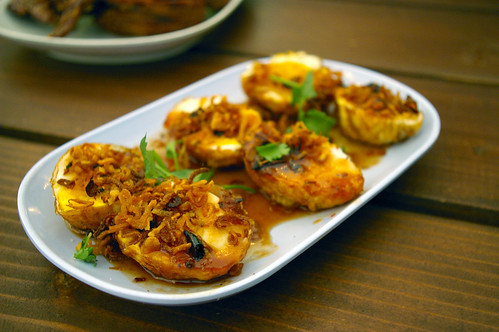
One of the things I really love about Thai food is that the cuisine is all about complex flavours that come together in a fresh and light way. Salty, spicy, sweet, sour. These Miang Kham embodied all of that. Chilies, ginger, peanuts, dried shrimp, lime, shallot and coconut with a ginger sauce, all wrapped up in a betel leaf.
These were amazingly fresh and light, yet had complex flavours. I’m pretty sure if I’d had enough room, I could have downed another round of these. (And, as I write this, my mouth has started watering again.)

For Ike’s Vietnamese Fish Sauce Wings, the menu simply says, “Yes, these are the wings you have been looking for.” And it is right.
See above re: eating a second plate.

By the time we had eaten all of that, our server came over to say our table was ready at Pok Pok. We were pretty full, but went over anyway for some pork sate and a green mango salad. After all, it’s not every day you get a chance to eat at a James Beard-award winning restaurant.
Our plan for breakfast on Sunday was to go to one place. In the cab, the driver mentioned the Screen Door and how popular it is. At that point he may have also mentioned chicken and waffles. (You may remember I’m a fan.) We actually had him turn the taxi around. This place had a long line, despite the drizzle. But that first glimpse of their version of chicken and waffles was enough confirmation the decision was the right one.
This was an insane amount of food. Three fried chicken breasts atop a fluffy, tall sweet potato waffle. I barely appeared to make a dent in it. For scale, that is indeed a large steak knife buried to the hilt.

So, perhaps it’s surprising I was hungry in time for dinner. Or not.
Just across the street from our hotel was Le Pigeon, a small and much loved restaurant whose chef, Gabriel Rucker, had also just received kudos from the James Beard Foundation; he was named the 2011 Rising Star Chef. Le Pigeon is also known for its burgers. They only make five a night (the other restaurant, Little Bird, does not limit the amount) and Suzi and I nabbed no. 3 and 4. First, though, there was a glass of gorgeous sparkling rose.

And a quick glance at the menu to determine what to start with.

Eventually I decide on an arugula salad with duck egg and apricot.

Before diving into the burger.
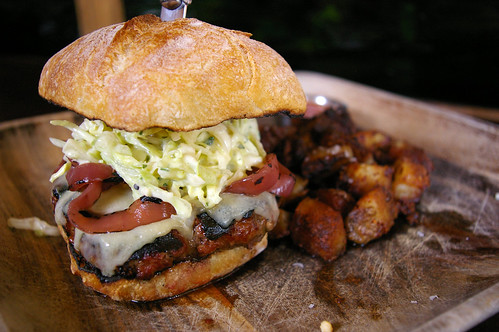
It was very juicy, and very tall with some lovely coleslaw-like topping. The crispy potatoes were also a nice switch from the standard fries.
We had snagged spots at the bar (because we didn’t have reservations, we took what we could get. And we only managed to grab those by waiting by the front door as the restaurant opened for the night at 5 p.m. I mentioned it’s a popular place, didn’t I?) and had the chance to watch the kitchen in action.
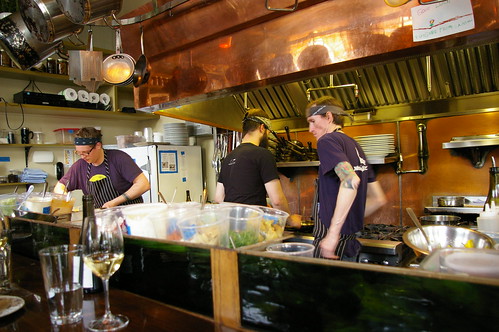
And for dessert — vegetarians, avert your eyes and skip ahead — I could not resist the foie gras profiteroles. When I ordered them, I assumed simply they were filled with foie gras mousse. But overhearing a conversation between one of the chefs and another patron, it became clear there was more to it than that. I asked the chef for clarification. It’s actually foie gras three ways: fat from the foie is used to make the choux pastry, foie is used as a mousse-like filling and then more fat is used in the caramel sauce.
Dear god.
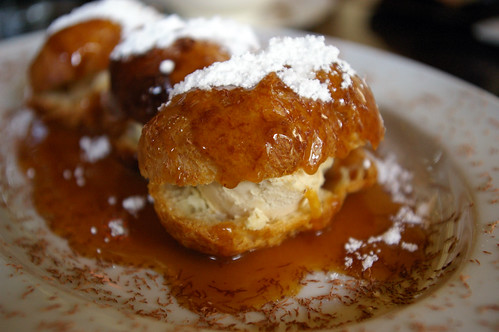
And then we were down to our final morning.
Packed suitcases in hand, we went to Blueplate. It’s a little diner-like establishment downtown that features old-school fountain drinks (like egg creams!) and comfort food like grilled cheese sandwiches and, ahem, burgers. (Yes, I have a problem. I know it.) I had heard about Blueplate on Diners, Drive-ins and Dives and had mentally added it to my should-try-if-ever-in-Portland list.
I love old-fashioned soda fountain drinks and the egg cream (containing no actual eggs nor cream, but milk, soda water and chocolate syrup) is one of my favourites. It went well with my wee burgers and mashed potatoes.
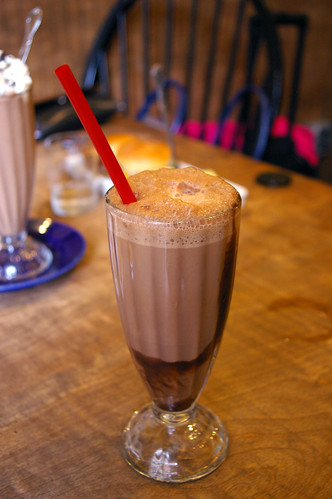
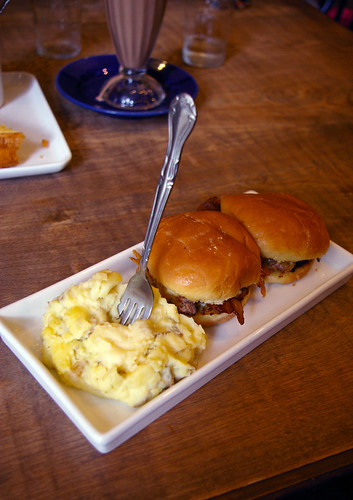
Stuffed, we carried on to the airport where we went our separate ways.
It’s possible, I’m already planning a return trip.

